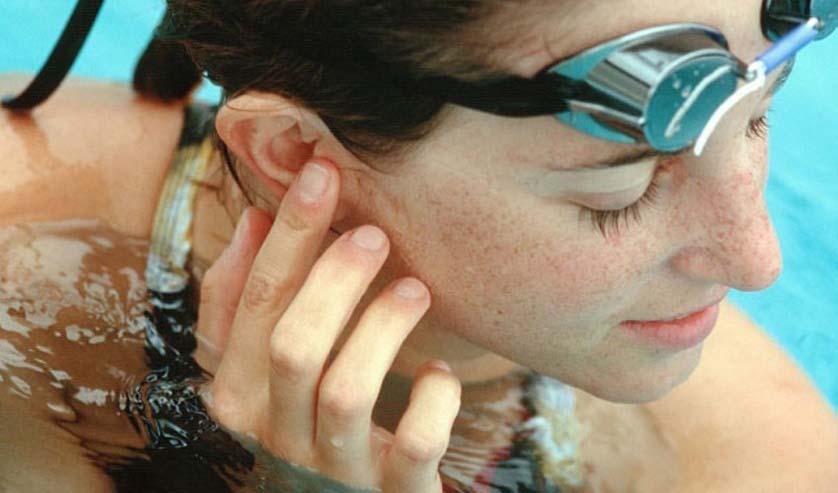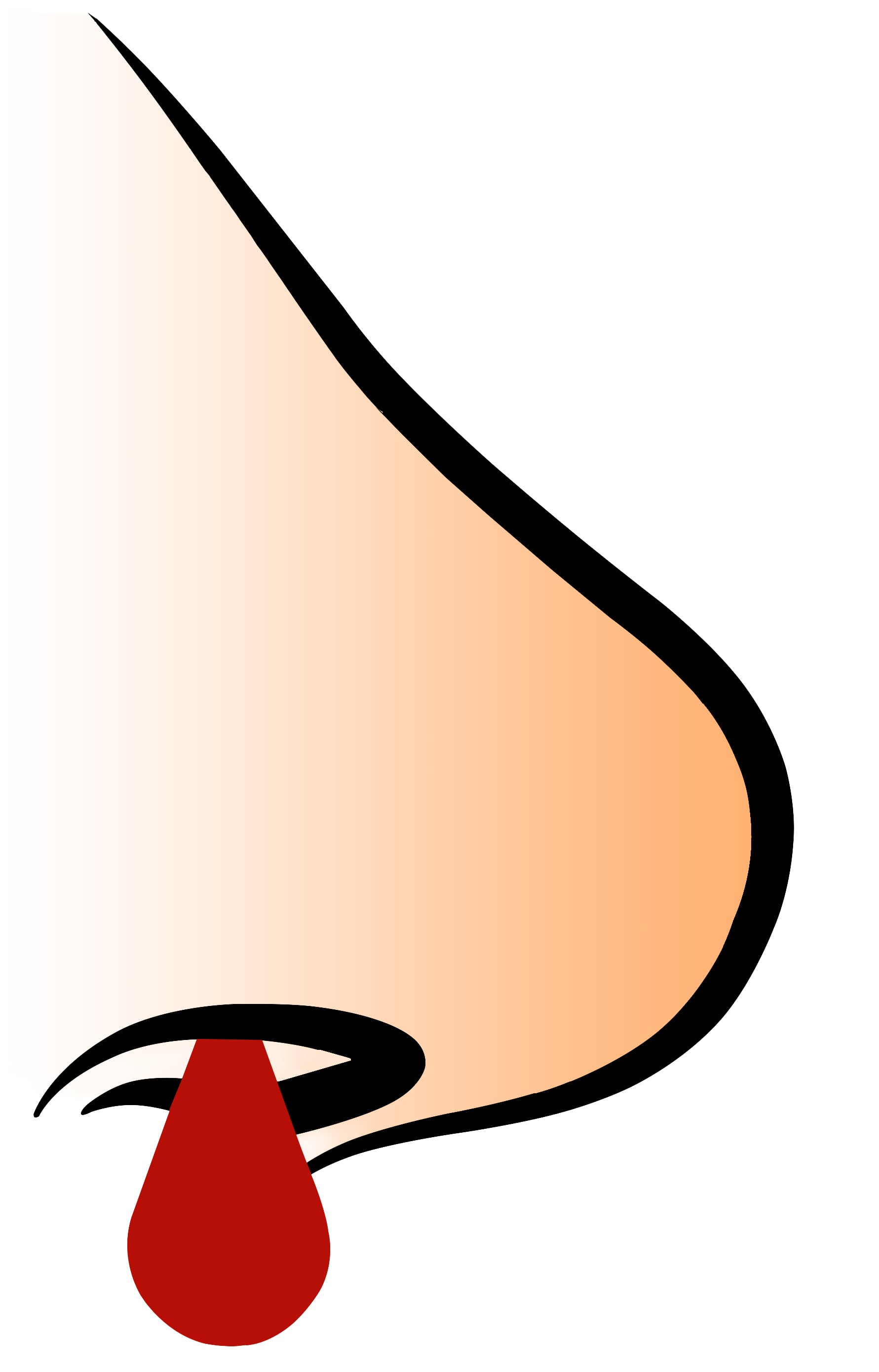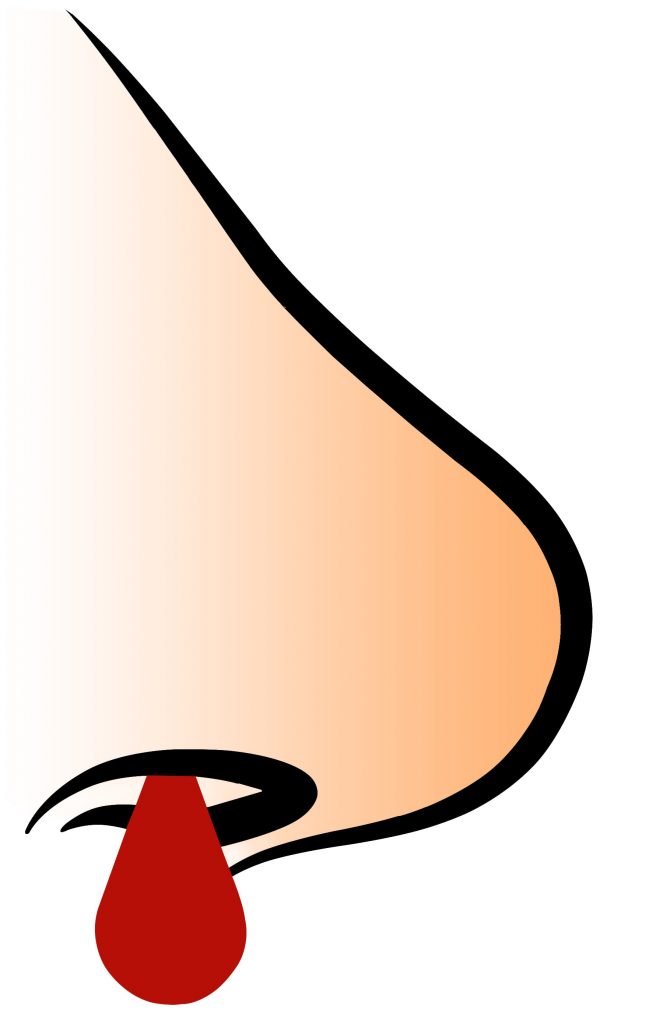How to Remove Water from your Ear

If water does get trapped in your ear, you can try several at-home remedies for relief:
Jiggle your earlobe
This first method may shake the water out of your ear right away. Gently tug or jiggle your earlobe while tilting your head in a downward motion toward your shoulder. You can also try shaking your head from side to side while in this position.
Make gravity do the work
With this technique, gravity should help the water drain from your ear.Lie on your side for a few minutes, with your head on a towel to absorb the water. The water may slowly drain out of your ear.
Create a vacuum
This method will create a vacuum that may draw the water out.
- Tilt your head sideways, and rest your ear onto your cupped palm, creating a tight seal.
- Gently push your hand back and forth toward your ear in a rapid motion, flattening it as you push and cupping it as you pull away.
- Tilt your head down to allow the water to drain.
Apply a hot compress
- Using hot but not scalding water, wet a washcloth. Make sure to wring out the washcloth before using it so that it doesn’t drip.
- Tilt head downward on the affected side and apply the cloth to the outside of the ear. Leave it on the ear for about 30 seconds, and then remove it for a minute.
- Repeat these steps four or five times. It may help to sit up or lie down on the side opposite of the affected side of your body afterward.
Use a blow dryer
The heat from the dryer can help evaporate the water inside the ear canal.
- Set the blow dryer to its lowest setting.
- Hold the hair dryer about a foot away from the ear and move it in a back-and-forth motion.
- While tugging down on the earlobe, let the warm air blow into the ear.
Try alcohol and vinegar eardrops
The alcohol can help evaporate the water in your ear. Alcohol also works to eliminate the growth of bacteria, which can help prevent infection. If the trapped water occurs due to earwax buildup, the vinegar may help remove it.
- Combine equal parts alcohol and vinegar to make eardrops.
- Using a sterile dropper, apply three or four drops of this mixture into the ear.
- Gently rub the outside of the ear.
- Wait 30 seconds, and tilt the head sideways to let the solution drain out.
Use hydrogen peroxide eardrops
Hydrogen peroxide can help clear debris, earwax, bacteria, or trapped water from your ear.
- Using a clean dropper, place three to four drops of hydrogen peroxide into your ear.
- Wait two to three minutes.
- Tilt the affected side downward, allowing the fluid to drain out.
Don’t use this method if you think you have any of these conditions:
- an outer ear infection, perforated eardrum and eardrum tubes.
Try olive oil
Olive oil can also help prevent ear infection, as well as repel water out.
- Warm some olive oil in a small bowl.
- Using a clean dropper, place a few drops of the oil into the affected ear.
- Lie on the other side for about 10 minutes, and then sit up and tilt the ear downward. The water and oil should drain out.
Yawn or chew
When water gets stuck, moving your mouth can sometimes help to open the tubes. Yawn or chew gum to relieve tension in your Eustachian tubes.
Perform the Valsalva maneuver
This method can also help open closed eustachian tubes. Be careful not to blow too hard. This can damage your ear drum.
- Close your mouth and gently squeeze your nostrils shut with your fingers.
- Breathe deeply, and slowly blow the air out of the nose. If popping sound noticed, it means the Eustachian tubes have opened.
- Tilt your head to allow the water to drain from your ear.
Use steam
Warm steam can help release water from your middle ear through your eustachian tubes. Try taking a hot shower, or giving yourself a mini sauna with a bowl of hot water.
- Fill a large bowl with hot steaming water.
- Cover your head with a towel to keep the steam in, and hold your face over the bowl.
- Inhale the steam for 5 or 10 minutes, and then tilt your head to the side to drain your ear.
- 12. Try more water
This technique may sound illogical, but it can actually help draw water out of your ear.
- Lying on your side, fill the affected ear with water using a clean dropper.
- Wait five seconds and then turn over, with the affected ear facing down. All of the water should drain out.
To read more on First Aid, click on the link below.




